Are misconceptions about sunlight affecting the way you live? If so, maybe they start with what color you think sunlight is. Contrary to popular belief, sunlight is not yellow. It’s blue. And it’s the bright blue hue of daylight – not yellow – that helps you wake up and go about your day. Here’s how.
When blue sunlight arrives in the morning, it triggers a sharp rise in blood pressure and the production of cortisol, a natural steroid. At the same time, it tells your body to stop secreting melatonin, the hormone that helps you sleep.
Blue light keeps working throughout the day to increase one’s ability to focus, enhance reaction times and elevate mood. By the time sunset arrives, you’re slowing down not only because you’re tired, but also because that energizing blue light is slowly fading away, becoming warmer and losing intensity.
Yellow, warmer light color (2500K-2700K), on the other hand, cues warmth and relaxation. But that’s not because yellow light comes from the sun. My theory is that the origins of this pattern date back to our earliest ancestors, who both for warmth and safety from predators, made sure to light a fire at night. For hundreds of thousands of years, fire was, and in some parts of the world still is, a nighttime necessity. That’s why yellow light may be responsible for triggering feelings of warmth and relaxation in comparison to cool, blue-ish light.
This pattern, which co-existed harmoniously until humans started lighting up the night artificially, was responsible for the proper functioning of our biological clocks or Circadian Rythym. Brighter gets you up; less bright calms you down. Excessive artificial lighting of the nighttime sky led to the creation of the Dark-sky Movement, a push to reduce light pollution which includes legislation dating back to the 1950s. “The advantages of reducing light pollution include an increased number of stars visible at night, reducing the effects of electric light on the environment, and improving the well-being, health and safety of both people and wildlife.”[1] The study of the role darkness plays in the lives of living organism is called Scotobiology. Interrupting nighttime darkness with artificial light has effects on most organisms; “changing their food gathering and feeding habits, their mating and reproduction, migration (birds and insects) and social behavior.”
Sunlight (with a color temperature of around 6500 Kelvin) also plays a major role in regulating many human biological responses. For example, research shows that our highest feelings of alertness hit around 1o am. If you’re not well-engaged on your job by then, you may be missing an opportunity to do your best work. Using the wrong color temperature of light in an office setting may be responsible for triggering feelings of sleep and relaxation as opposed to alertness and productivity. Research also indicates that we experience our greatest cardiovascular efficiency and muscle strength around 5 pm.
What does this mean for how you live with light?
Of course, there’s nothing you can do about when the sun rises or sets. However, you can become better attuned to this cycle by waking early to take advantage of the invigorating benefits of sunlight, then letting your body wind down naturally at night.
Today’s LED color tuning system allows users to control the color of light anytime after installation. Color tuning affords the ability to attune lighting to individual preferences or specific application needs. For example, the user can set the LED light fixture to follow the sun’s natural east-to-west course throughout the day or choose from standard presets (i.e., dawn, morning, midday, afternoon and evening).
You can also minimize your exposure to blue light at night by changing the kind of lights you have in certain areas of your home. Consider using Warm White (2500K-2700K) LED lights in your bedroom or living room with a dimmer intensity.
Lighting designers recommend using these warmer tones in bedrooms and living rooms in the evening, while restricting cooler, blue-ish lights to workspaces such as kitchens and home offices.
 Pay attention, too, to the sleep experts who advise you to turn off your computer, smart phone, tablet and video games a couple of hours before you want to go to sleep, as electronics have become infamous for emitting enervating blue light that keeps people wide awake. One way Apple and Android devices have circumvented this problem on their devices is through the “Night Shift” setting. “Night Shift” replaces the harsh blue light that electronics emit during the day with a warmer yellow light more conducive to slumber.
Pay attention, too, to the sleep experts who advise you to turn off your computer, smart phone, tablet and video games a couple of hours before you want to go to sleep, as electronics have become infamous for emitting enervating blue light that keeps people wide awake. One way Apple and Android devices have circumvented this problem on their devices is through the “Night Shift” setting. “Night Shift” replaces the harsh blue light that electronics emit during the day with a warmer yellow light more conducive to slumber.
If all else fails, find a safe place where you can light a small fire. Then bask in the warm yellow glow it gives off until you finally relax enough to go to sleep!
Alcon Lighting creative director and co-founder David Hakimi works to improve lighting through research, development and education. David strives for efficiency in lighting, affording architects, lighting designers and engineers the ability to maximize LED lighting design and application. David is a graduate of the University of California, Los Angeles, where he received a Bachelors in history. David also studied lighting design at IES in Los Angeles. He traces his and Alcon Lighting’s commitment to innovation, accountability, quality and value to lessons learned from his father, Mike Hakimi, a lighting craftsman, salesman and consultant in Southern California for more than four decades. Today’s lighting for commercial use requires a deep, complete understanding of smart lighting systems and controls. David takes pride in his lighting, energy controls and design knowledge. He is driven by the desire to share his insights into lighting specification and application. This quest to share his knowledge was the impetus for David to create Insights, Alcon Lighting’s blog and resource center for helping the reader understand lighting and its application to space.


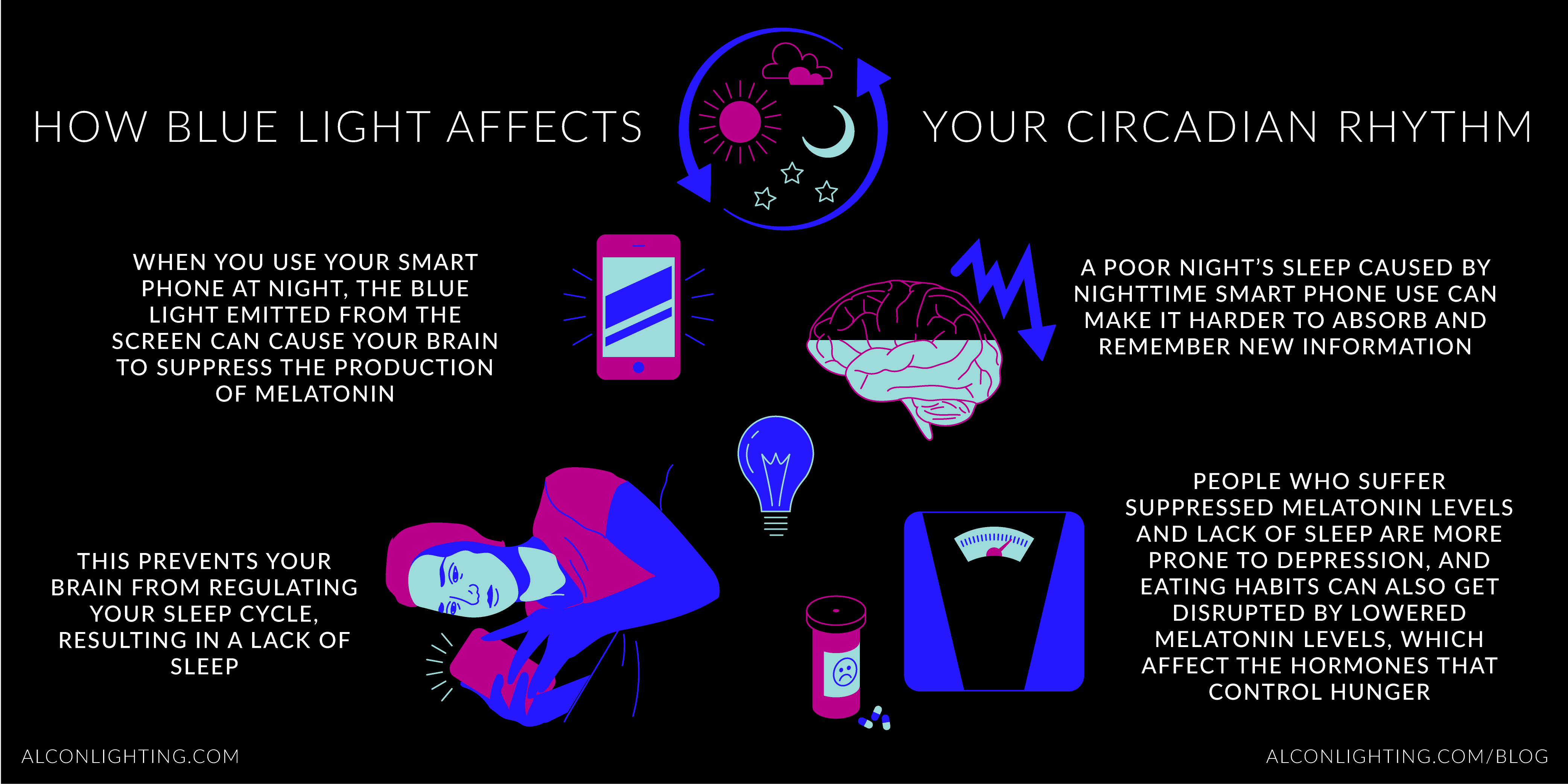

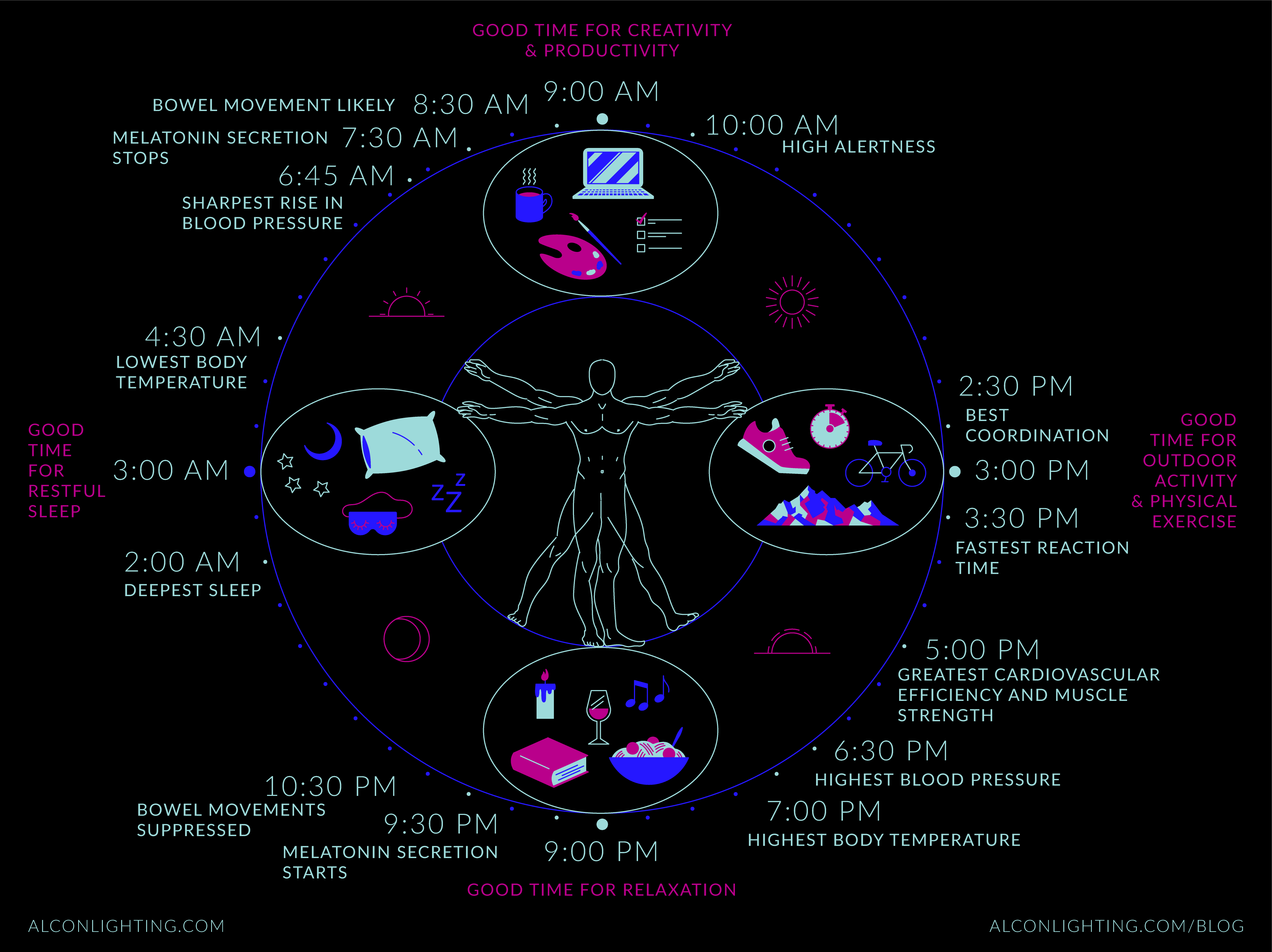
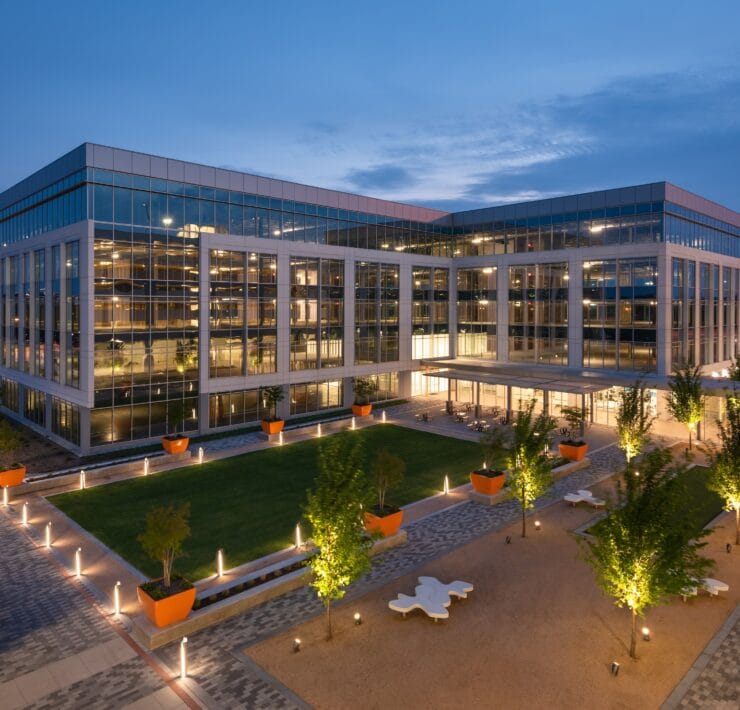

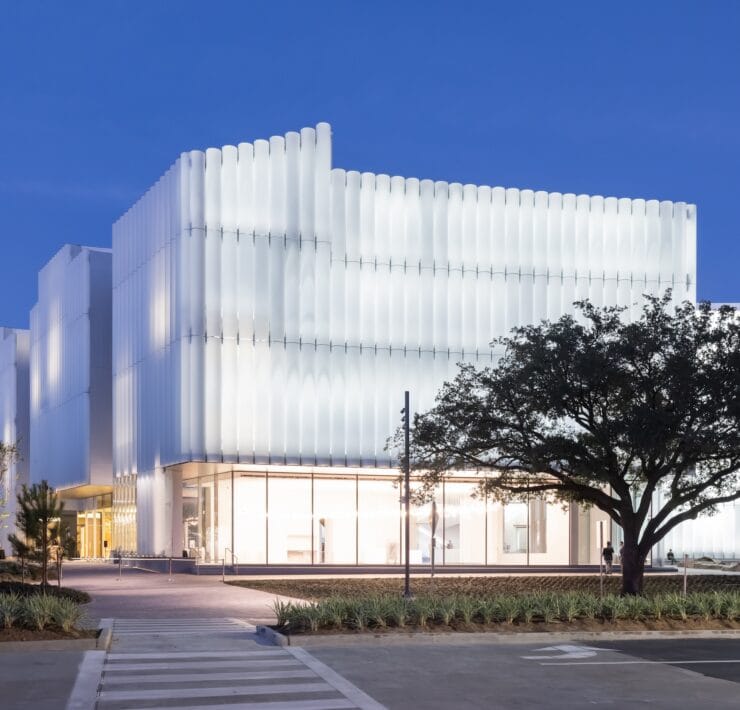
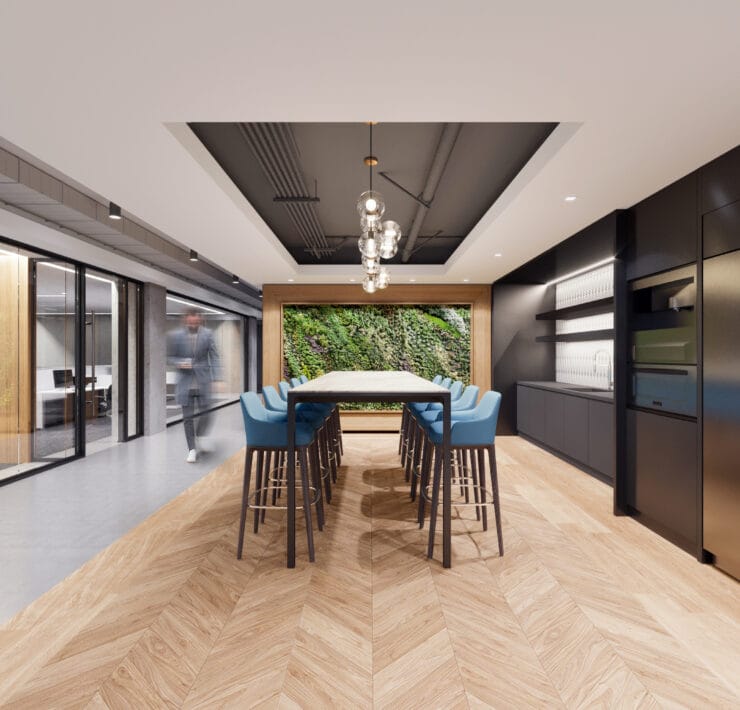
[…] [You can find more information on how blue light color temperatures (4100K-5200K) mimic daylight here.] […]
[…] Light and light color play an important part in regulating the human body’s biological clock. This affects one’s circadian rhythm. Light color and intensity can induce alertness in the daytime and rest and relaxation in the evening. […]
[…] impact of natural and artificial light on the human body is well established. Though it might seem elementary, it’s worth repeating that proper office lighting should […]
[…] director of Rensselaer Polytechnic Institute’s Lighting Research Center (LRC), who researches the effects of light on health, including circadian photobiology, can be […]